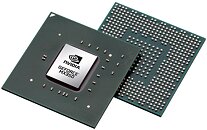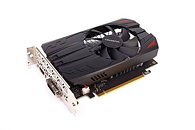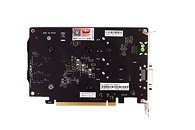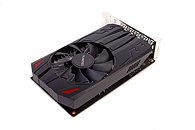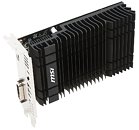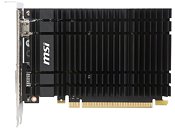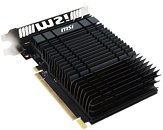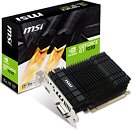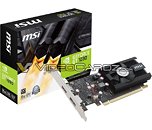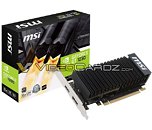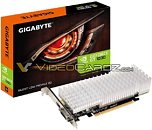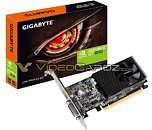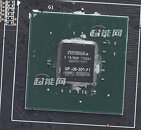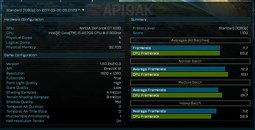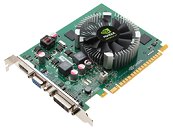
NVIDIA GeForce MX350 and MX330 Surface, Pascal Based Entry mGPUs
NVIDIA's GeForce MX-series mobile GPU line exists so notebook manufacturers can put the NVIDIA logo on their products and boast of gaming capabilities. The company is giving finishing touches to its new GeForce MX330 and MX350 chips, based on the "Pascal" architecture. The MX330 is the company's second rebrand of the MX150 that's based on the 14 nm "GP108" silicon. It's equipped with 384 CUDA cores, and up to 2 GB of GDDR5 memory across a 64-bit wide memory interface. NVIDIA increased the clock speeds to 1531 MHz base, and 1594 MHz GPU Boost (compared to 1227/1468 MHz of the MX150), while remaining in the 25 W TDP envelope.
The MX350, on the other hand, is based on the 14 nm "GP107" silicon, is equipped with 640 CUDA cores, and 2 GB of GDDR5 memory across the same 64-bit bus width as the MX330; but has aggressive power-management that lends it a TDP of just 20 W, despite 66% more CUDA cores than the MX330. Both chips are easily capable of handling non-gaming tasks on typical 1080p / 1440p notebooks; but can game only at 720p thru 1080p, with low-to-mid settings.
The MX350, on the other hand, is based on the 14 nm "GP107" silicon, is equipped with 640 CUDA cores, and 2 GB of GDDR5 memory across the same 64-bit bus width as the MX330; but has aggressive power-management that lends it a TDP of just 20 W, despite 66% more CUDA cores than the MX330. Both chips are easily capable of handling non-gaming tasks on typical 1080p / 1440p notebooks; but can game only at 720p thru 1080p, with low-to-mid settings.
